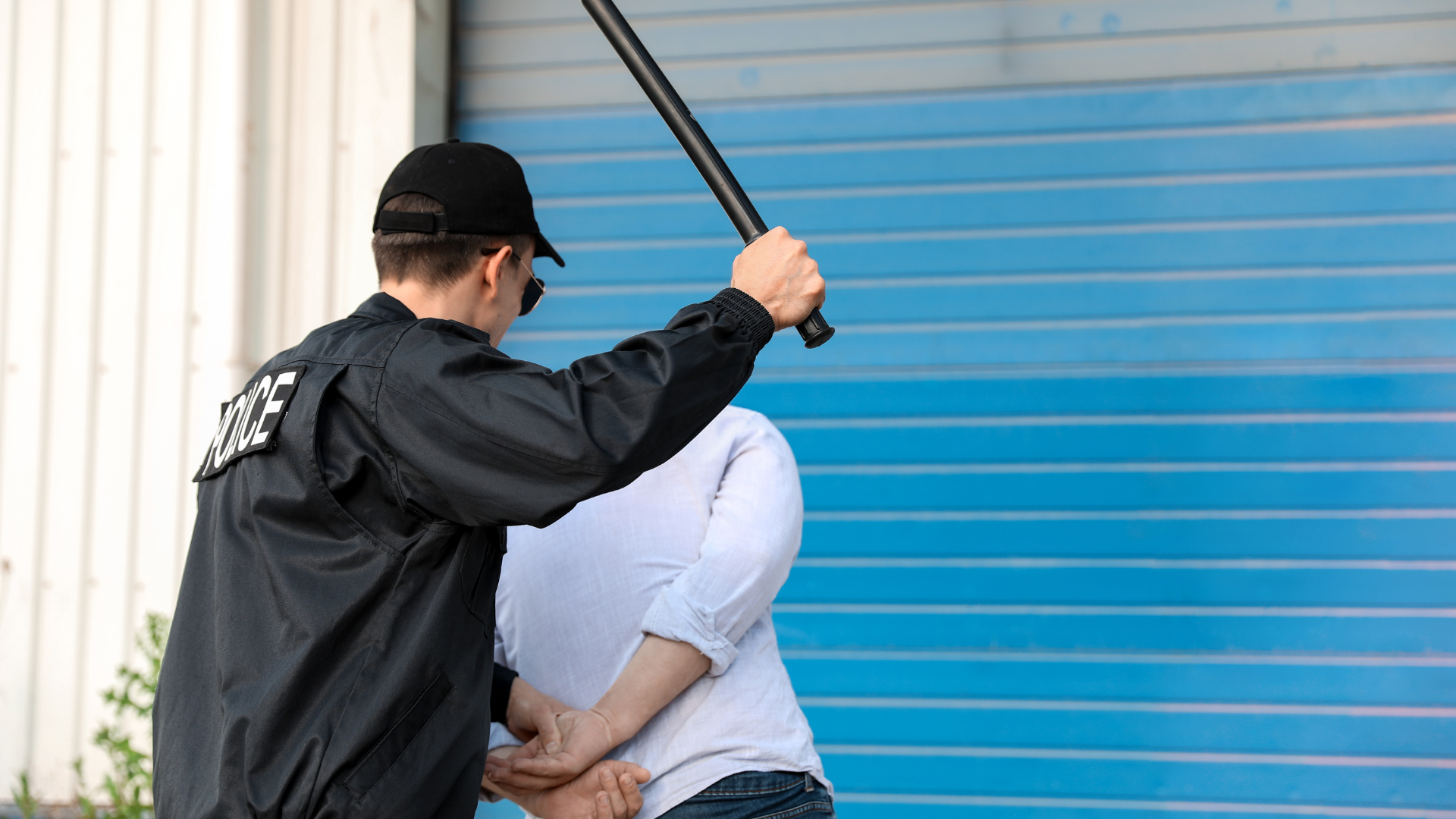In the pursuit of justice, understanding how to prove excessive force in court is a critical endeavor. At Kirakosian Law, we believe that everyone deserves to comprehend this process, irrespective of their legal background. So, if you find yourself wondering about the essentials needed to establish a case and navigate the complexities of proving excessive force, you’re in the right place.
In this blog, we unravel the legal landscape surrounding excessive force claims. We’ll guide you through the key elements required to substantiate your case and shed light on the steps involved in proving excessive force in a court of law. Our commitment at Kirakosian Law is to make this information accessible to all, ensuring that justice is not just a concept, but a tangible reality.
Join us on this exploration of legal insights, where we simplify the intricacies of proving excessive force in court. Your understanding matters, and we are here to empower you with the knowledge you need.
Understanding Excessive Force
Excessive force, in the legal landscape, refers to a situation where government officials, who are legally authorized to use force, go beyond the necessary minimum required to diffuse an incident or protect themselves or others from harm.
This concept spans various contexts, from handling prisoners to military operations. However, it prominently surfaces in law enforcement, particularly during arrests, commonly referred to as police brutality.

Defining Excessive Force
When it comes to law enforcement, excessive force occurs when officers use more force than reasonably deemed necessary to control a situation or make an arrest. It’s crucial to recognize that the right to be protected from excessive force is embedded in constitutional rights. Specifically, the Fourth Amendment dictates a reasonable search and seizure, while the Eighth Amendment prohibits cruel and unusual punishment.
Key Elements of Excessive Force Claims
Central to assessing excessive force is the concept of “objective reasonableness.” This means evaluating whether, from an objective standpoint, the force used was proportional to the threat faced. It considers the perspective of a reasonable officer in the same circumstances.
- Fourth and Eighth Amendment Violations
Excessive force claims often hinge on violations of the Fourth Amendment, protecting against unreasonable searches and seizures, and the Eighth Amendment, prohibiting cruel and unusual punishment. Establishing these violations strengthens the foundation of a case.
- Documentary Evidence
Essential to any excessive force claim is concrete evidence. This includes documentation such as medical records, photographic evidence of injuries sustained, and any available video footage of the incident. These elements provide tangible support for the claim.
- Eyewitness Testimonies
Witness accounts play a pivotal role in establishing the facts surrounding an incident. Eyewitness testimonies can corroborate or challenge the version of events presented by law enforcement, offering an additional layer of evidence.
- Pattern or Practice
In some cases, demonstrating a pattern or practice of the use of excessive force by a law enforcement agency can strengthen an individual claim. This involves showcasing a history of similar incidents within the department, indicating a systemic issue that needs addressing.
- Qualified Immunity Challenges
Qualified immunity is a legal doctrine that shields government officials from being held personally liable for actions performed in the course of their duties. Overcoming this challenge involves proving that the conduct in question violated clearly established statutory or constitutional rights.
Understanding these key elements is pivotal in navigating the legal complexities of proving excessive force. It provides individuals with the knowledge needed to assert their rights and seek justice in the face of potential constitutional violations.

Navigating Legal Procedures: A Simplified Guide
When you’ve experienced what you believe to be excessive force, navigating the legal procedures can feel overwhelming. Here’s a straightforward guide on the essential steps to take:
- Reporting the Incident
What to Do:
Report the incident to the relevant law enforcement agency as soon as possible. This creates an official record of the event. Provide a clear and concise account of what transpired. Include details such as date, time, location, and the names or badge numbers of the involved officers.
Why it Matters:
Reporting the incident initiates an official investigation. It establishes a formal record that can be crucial in building your case later on.
- Seeking Medical Attention
What to Do:
If you sustained injuries during the incident, seek medical attention promptly. Even if the injuries seem minor, having them documented by a medical professional is important. Keep copies of all medical records, bills, and any prescribed medications.
Why it Matters:
Medical records serve as tangible evidence of the injuries you suffered. They are instrumental in connecting the excessive force to the harm you endured.
- Consulting with an Attorney
What to Do:
Reach out to an experienced attorney, like those at Kirakosian Law, who specializes in excessive force cases. Share all the details of the incident, including any evidence you’ve gathered and steps you’ve taken so far.
Why it Matters:
An attorney can provide crucial guidance on the strength of your case, potential legal avenues, and how to protect your rights. They’ll navigate the complexities of the legal system on your behalf, ensuring you have the best possible chance of achieving justice. Remember, you don’t have to navigate this journey alone—legal professionals are here to support you.
Your Path to Justice
At Kirakosian Law, we specialize in advocating for individuals who have experienced excessive force. Our dedicated team is committed to demystifying the legal process, providing unwavering support, and championing your right to justice. If you find yourself facing the aftermath of excessive force, reach out to us. Your story matters, and we are here to ensure your voice is heard. Contact Kirakosian Law today, because justice should be accessible to all.
